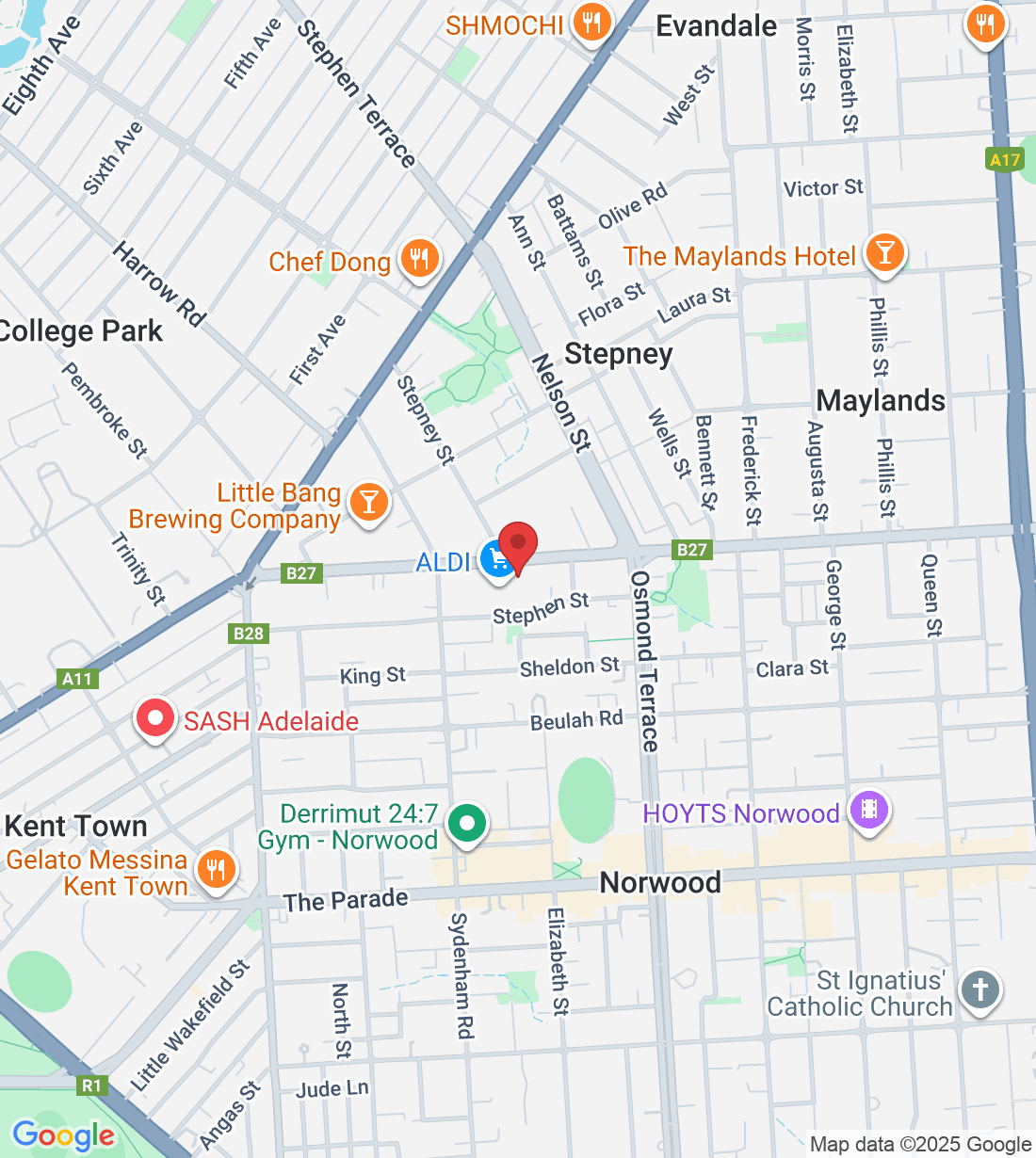
The panicked sciatic
Manic, emphatic, dramatic,
You start to erratically panic and think it’s sciatic.
~ Thomas Kostakis, Physiotherapist/unpaid rapper.
Ah, sciatica – just the word itself sounds like it’s ready to jump out and bite you. If you’ve ever had that sudden, shooting pain down your leg, you know exactly what I’m talking about.
About 18 months ago our very own Physio Thomas was the unfortunate poster child for this condition. You might remember seeing him limping around the (old) clinic. Turns out, it was sciatica.
In this blog, we’re going to break down what sciatica really is, what can triggers it, and how a little help from your Vital Core physiotherapist can make all the difference.
What Exactly Is the Sciatic Nerve, and What’s Sciatica?
The sciatic nerve is like the VIP highway of your lower body nerves. Starting from your lower back (lumbar spine and sacrum), it travels all the way down the back of your leg to your toes. It’s one of the longest nerves in your body, and when it’s unhappy, you’ll definitely know.
Sciatica is the term we use when this nerve gets irritated. Imagine it’s like a power line getting tangled up or pinched – the electricity (or in this case, nerve signals) doesn’t flow smoothly, and you may get sparks, black outs or areas that don't work as well. These sparks are felt as pain or tingling, often shooting down the back or side of your leg and into your foot. This type of pain, known as neuropathic pain, (neuro= nerve pathic=origin) comes straight from the nerve itself. If the nerve is being irritated or pinched it can affect how the muscles and skin work along its path work and you can have weakness or numbness.
What Causes Sciatica?
The sciatic nerve can get irritated for many reasons. Some common causes are;
Disc in your spine becomes swollen right next to where the nerve originates
Joint is a bit degenerative and thickened near the nerve
Muscle may tighten/spasm and put pressure on the nerve.
There are many other causes leading to those sciatica symptoms.
It’s a very common issue, especially as we get older or after we’ve had a little too much fun on the footy field or in the garden. Even pregnancy can bring on sciatica – as if expecting mothers didn’t have enough to deal with!
The good news? Most cases of sciatica are short-lived. As your body heals, the nerve pressure eases off, and you’re back to your usual self.
How Physiotherapy Can Help (and Yes, It Can Help!)
Now that we know what’s going on, let’s talk about how to fix it. The goal here is to calm down whatever’s irritating your nerve – whether it’s a disc, a joint, or a muscle that’s gone rogue.
Here’s where physiotherapy can make all the difference:
Postures and positions: We’ll help you find the best positions for sleeping, sitting, and standing that are tailored to your body. This isn’t a one-size-fits-all situation – it’s all about what works for you to take the pressure off that nerve and give you the most relief.
Short-Term Relief: Sometimes, you need a little help right now. We’ve got tricks up our sleeves like manual therapy, taping, and specific exercises that can offer immediate relief.
Long-Term Plan: We’re in this for the long haul. We’ll create a plan to help make sure you return to your full capacity. That means getting you both strong and flexible.
Stress: The Silent Sciatica Aggravator
Here’s something you might not know – stress can be a big deal when it comes to sciatica.
Think of stress as a volume knob for pain.
When stress levels go up, your body’s overall inflammation can increase, making you more sensitive to pain. Stress can cause your nerves to fire more often, making that sciatic pain feel even worse.
When you are stressed you also tend to tense up your body. This can also put pressure on the nerves of your back.
That’s why it’s important to keep your stress in check when you’re dealing with sciatica. Whether it’s through meditation, deep breathing, or just taking a leisurely walk (if you can), managing stress is a key part of managing your pain. Ask your Vital Core physio for some ideas to help.
Conclusion: Don’t Panic, You’ve Got This
Sciatica can be a real pain (literally), but it’s also something that many people go through – and come out of the other side. With the right physiotherapy plan, some stress management, you can calm down that irritated nerve and get back to living your best life.
And remember, if you ever feel that nerve acting up, we’re here to help – no panicking necessary!
Ask a question of Vital Core Physiotherapy
Fill in the form to request a Call From Our Team
One of our team will call you for FREE and answer any questions or concerns you may have about your condition
© 2023 Vital Core Physiotherapy





